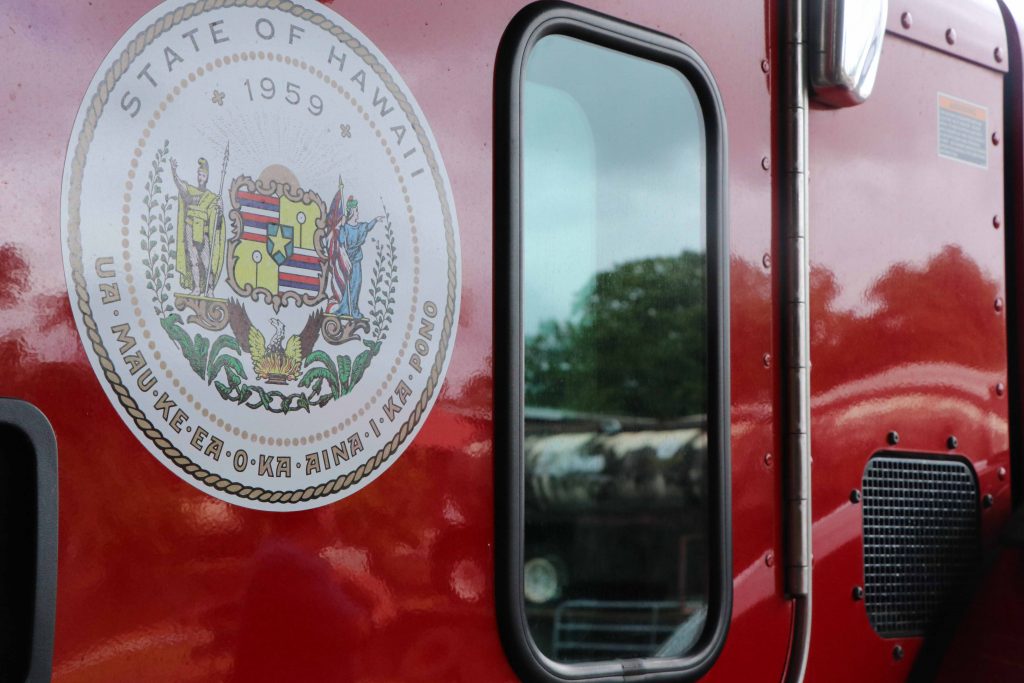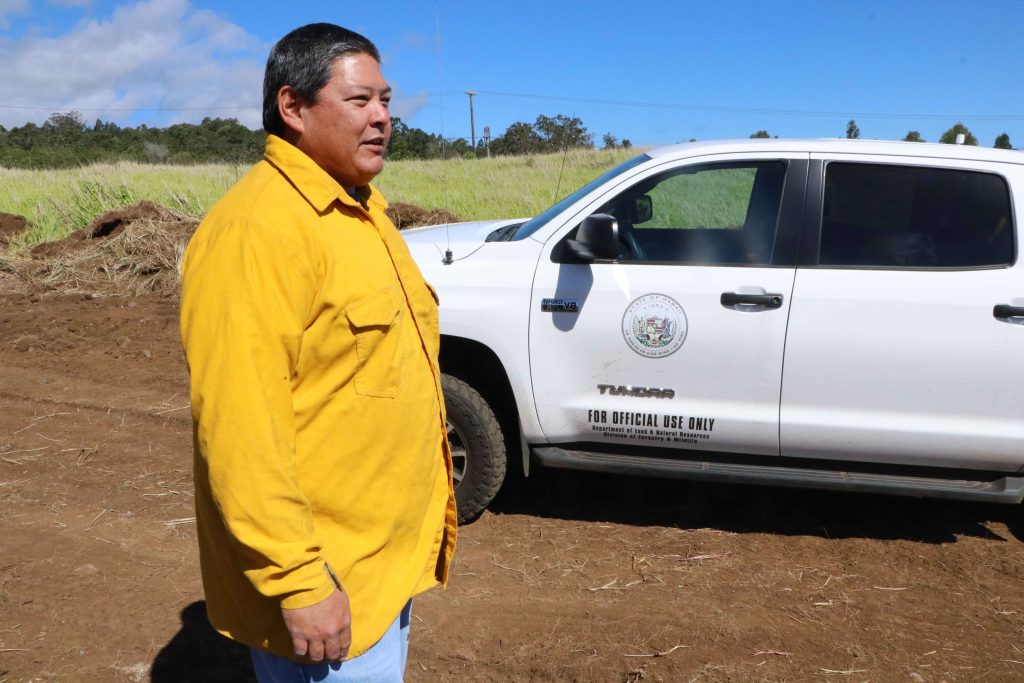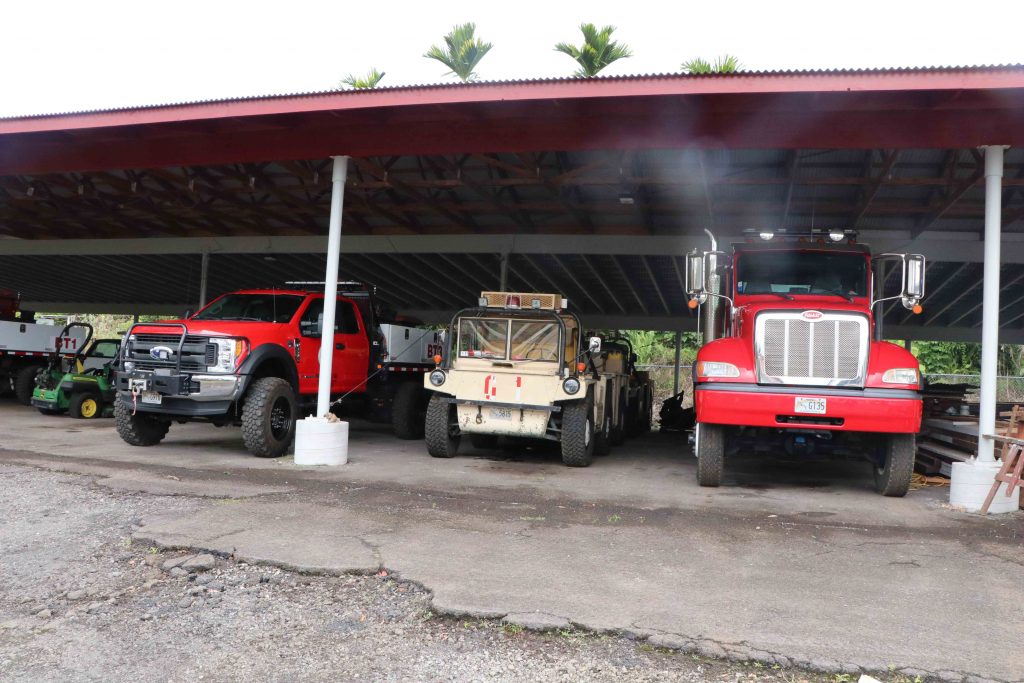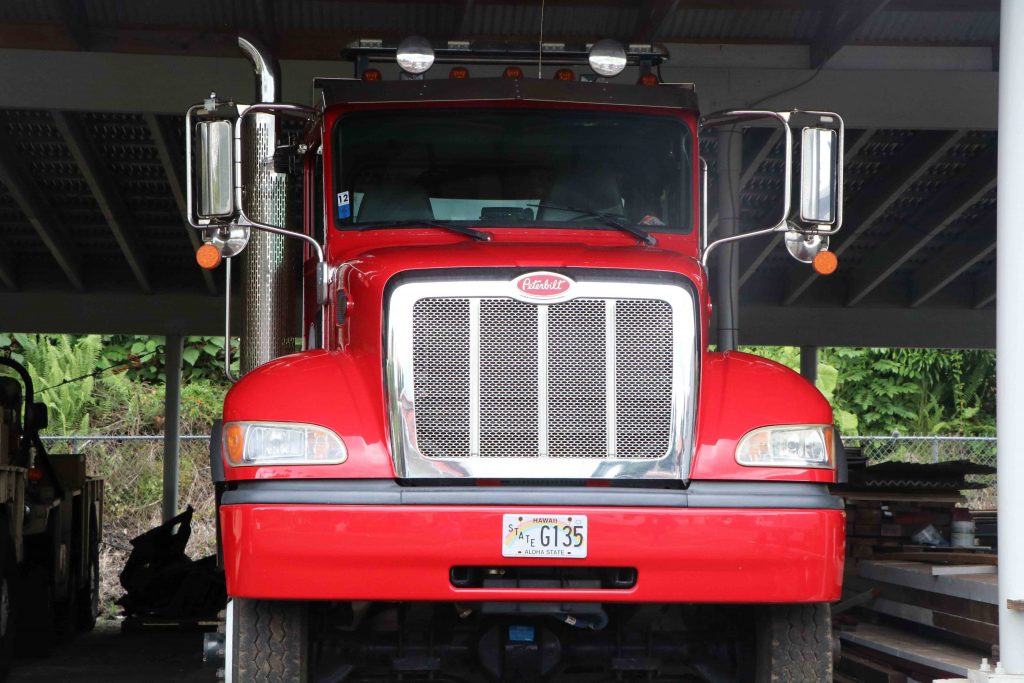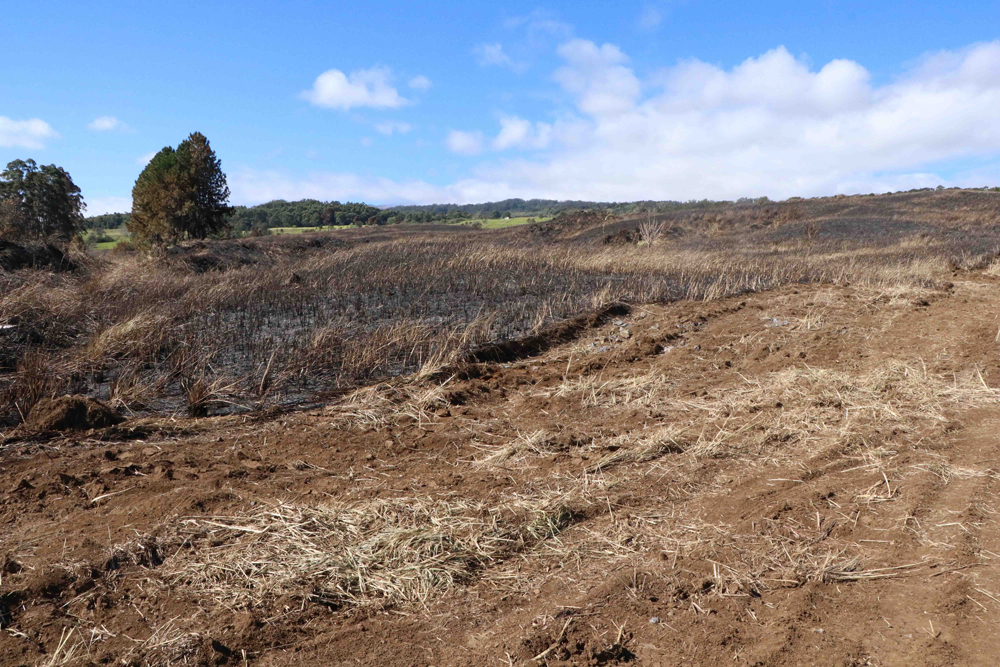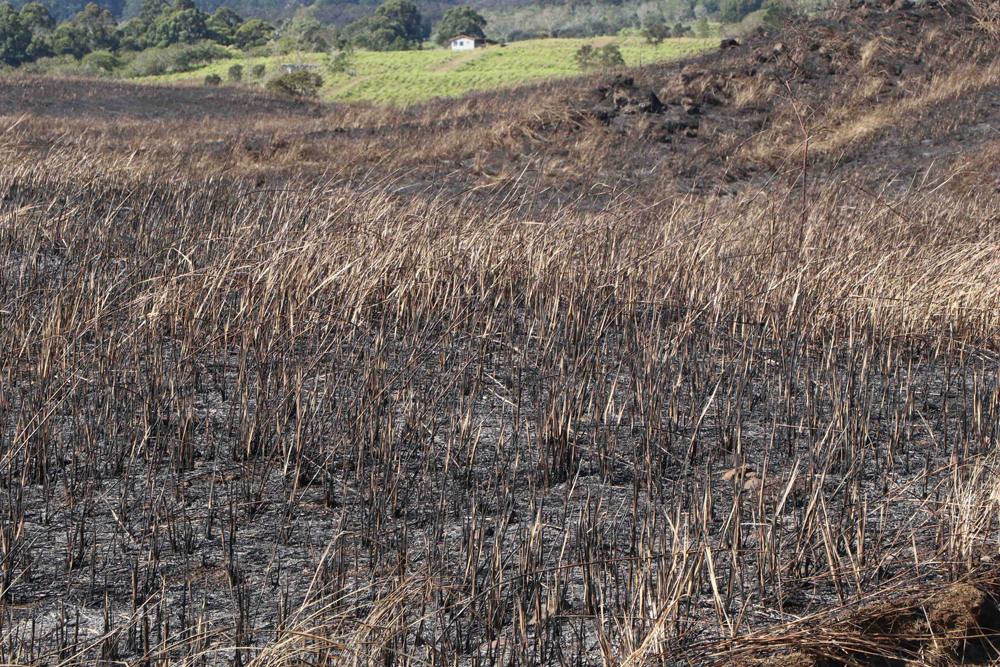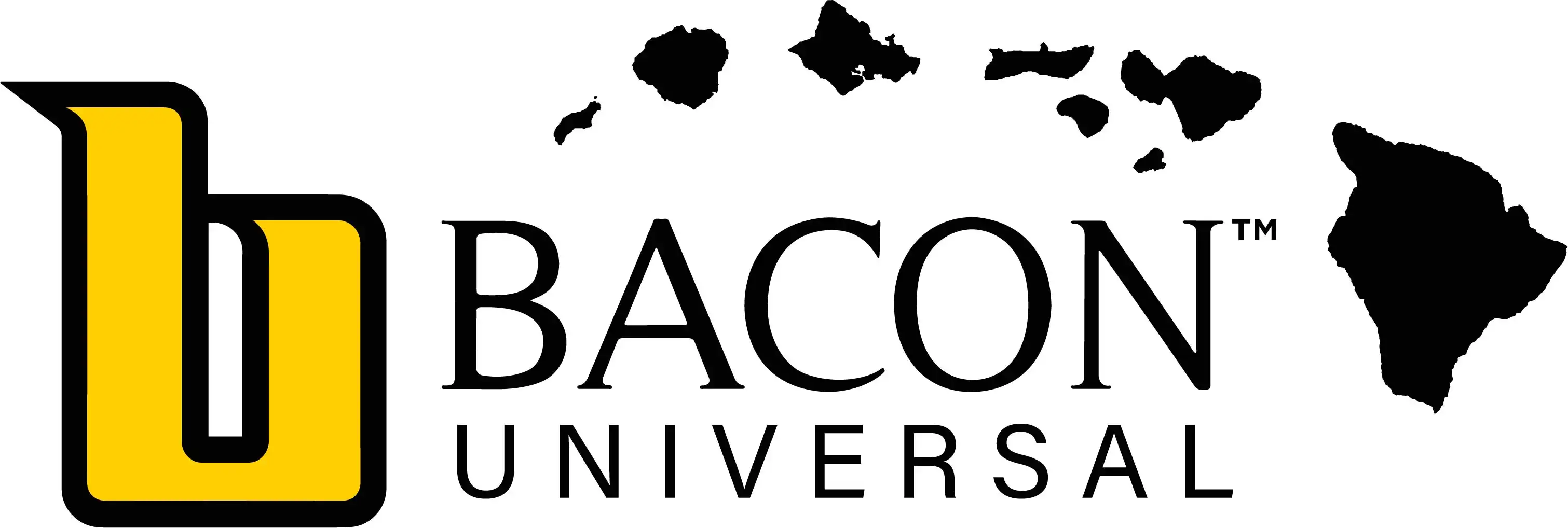Paʻauilo Fire Highlights Wildfire Risks as Hawaiʻi Faces a Particularly Dry Year Ahead

The 1,400-acre brush fire that swept through former sugar cane fields in Pa‘auilo on Hawai‘i Island last Friday, was not a huge surprise to seasoned wildland firefighters, state officials said. But it serves as a reminder that the summer fire season is upon us.
“As firefighting agencies statewide kick off the annual Wildlife & Drought LOOKOUT! awareness campaign, last weekend’s fire highlights the importance for communities and individuals to be prepared for what is expected to be an especially active summer and fall fire season,” according to state officials with the Department of Land and Natural Resources.
“We have a lot of brush that’s built up over the last four years, so that’s going to be a prime issue in the coming months. Based on forecasts, we are in for a particularly dry year, which is an issue for us on the Big Island, and the rest of the state as well,” said Hawai‘i County Fire Chief Kazuo Todd.
Dozens of firefighters from his department joined others from the state DLNR Division of Forestry and Wildlife, and local volunteer departments to keep the fire from sweeping through guinea grass and torching any homes in the rural community.
“Wherever the wind can blow a leaf, it can blow an ember and start a fire,” said Nani Barretto, of the Hawai‘i Wildfire Management Organization. “Embers can fly up to a mile, so keep your yards clean, lean, and green right now. The one thing we want people to know is, fires are different than other natural hazard events in that they can be prevented, and their impacts reduced, if we’re proactive.”
State officials say the prevalence of wildfires is intrinsically linked to current weather conditions. As of June 3, each of the Main Hawaiian Islands had vast acreages of land rated as abnormally dry by the US Drought Monitor.
Statewide 68.52% of the land is considered abnormally dry, with 4% experiencing moderate drought, and a small fraction of land (.38%) on the west side of Hawai‘i Island already in severe drought conditions.
“I think the residents of Pa‘auilo were a little surprised. It is on the wetter side of the island, which means a lot of brush has built up over the past four years of relative wet weather,” said HCF Chief Todd. “With strong winds, and if a fire does start, it can quickly transition into a large fire that moves rapidly through the underbrush.”
The fire chief says that should be of concern to communities everywhere. “Without the efforts of all the firefighters on the line, the helicopters, and the heavy equipment this 1,400-acrefire could have grown into a five-to-six-thousand-acre fire rapidly,” Todd added.
The fire mostly burned guinea grass but also scorched the trunks of Eucalyptus trees several feet up. During a reconnaissance of the fire perimeter, the Hawai‘i Island DOFAW forestry Management supervisor Jay Hatayama, thought about what climate change experts are saying.
“We’re already experiencing the larger rain events with higher-than-average rainfall, followed by longer periods of drought. That means bigger fuel buildup, more frequent, and larger wildfires. With each fire, the native vegetation is taken over by fire-adapted alien species, and that makes things worse,” said Hatayama.
“Like in all western states, Hawai‘i no longer has a set fire season. It’s now year around, but predominate from early summer to late fall, when rainfall is historically lower. This phenomenon is one reason the Hawai‘i State Legislature has pumped millions of dollars into the State’s firefighting arsenal over the past few years,” according to information provided by the state DLNR.
Firefighting is the last line of defense. “The more proactive we are as individuals, as home and property owners, the better,” Barretto of Hawai‘i Wildfire Management Organization said.
Chief Todd added, “Our messages about fire safety are more necessary now than ever. It’s important to look at what’s going on within your own neighborhood, your own community, your own property and making sure you’re not doing anything to contribute to the spread of wildfires.”







